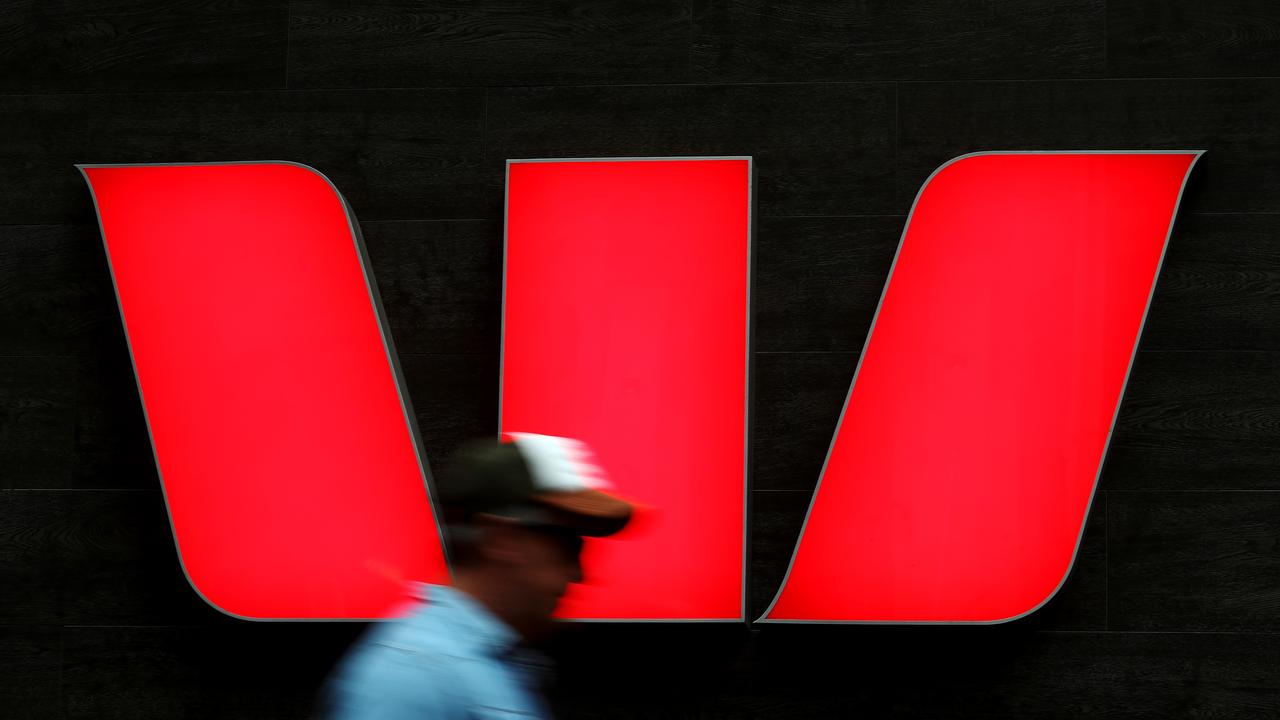Retreat! It’s all too difficult
Private investors are turning back to managed funds as markets becoming more demanding.
We saw some early evidence of this only a few weeks ago with the fascinating reversal of trends in DIY superannuation where industry funds were witnessing net inflows from the SMSF sector for the first time ever.
Now signals of retreat are emerging from another corner of the market: There is a discernible return to managed funds, where private investors pay managers to both choose stocks and to carry out the trades.
According to finance house OneVue, at the end of last year DIY fund investors held 28 per cent of their portfolios in managed funds, a substantial lift of 5 per cent on a year earlier. In contrast, holdings in listed shares fell by more or less the same amount – by 4.8 per cent to 26 per cent.
Yet remarkably, there is no evidence that managed funds have got any better than they were during the post-GFC era when investors fled the sector after being burnt by falling stock markets in 2008-2009.
So what has happened?
1. Investors are turning back to managed funds not with enthusiasm for the model, but rather with frustration over a sluggish local stock market where it is very difficult to make good returns - for evidence look no further than the ASX 200 which at the 5000 point mark is more or less where it was a decade ago (only dividends have made returns acceptable at about 4.8 per cent per year).
2. The move towards diversifying portfolios beyond the ASX to include overseas markets such as Wall Street has led investors to the safety of big funds rather than the unchartered territory of picking individual stocks on overseas exchanges.
3. Fund managers have improved their own internal communications with improved transparency: You can now easily find out in which top stocks the fund actually invests in, and you generally get to see more information about strategies and tactics.
4. The spectrum of fund offerings has genuinely improved to encompass a huge range of activities. Where once funds had broadly generic categories such as ‘US leaders’ or ‘European industrials’, there are now useful niche categories like technology and healthcare.
Which all sounds very well, but there are very significant failings in the fund management system and they need to be aired - and it’s not just that you are handing over the control of your investments to somebody else.
Many fund managers continually fail to match their index benchmarks - this is the reason that ‘dumb’ index funds and ETFs (Exchange Traded Funds) have become so popular. It also true that some fund managers beat the index and do so with impressive regularity - but the plain truth is that ordinary managed funds doing little more than ‘index hugging’ where they buy the main stocks in a given market will not beat the index.
To access many managed funds - and ironically some of the best funds - you must go through a platform. In other words, you can’t email them or call them up, you must go through an intermediary such as a financial adviser dealer group which makes it very efficient for the fund manager but costs you more: The paying of platform fees before you get to pay fees to the manager itself is one of the greatest weakness in the managed fund system.
In a perfect world fund managers would spend their days carefully selecting the very best stocks - buying them at the best times, selling them when they know it is time to get out...that way funds would keep their trading to a minimum and their tax charges to a minimum as well. In the real world fund managers never stop trading and getting hit for trading charges and taxes - but often when they report you only get their performance in percentage terms against the market. What you really want to know is how did your money perform? How much did you make after all those fees and taxes are taken out –that figure is always lower, but it is the one that matters.
It looks like the trend towards fund managers is accelerating. A recent survey from consultant Investment Trends on investment intentions says the number of investors intending to use managed funds has doubled from 6 per cent back for 2014 to 12 per cent for 2015.
A study from the ATO - a completely independent source - also shows there is a swing towards managed funds held by investors, though the figures here are not quite as convincing - there is a modest lift 13.8 per cent in 2012 to 14.5 per cent last year. Either way the pattern is clear, more investors are finding it all too hard to do it for themselves, you only have to wonder whether they will find the fees from fund managers any easier to take.
The Australian




It’s what you might call a confidence crisis – there is now a clear pattern of private investors retreating from self-directed investing and turning once more towards managed funds.